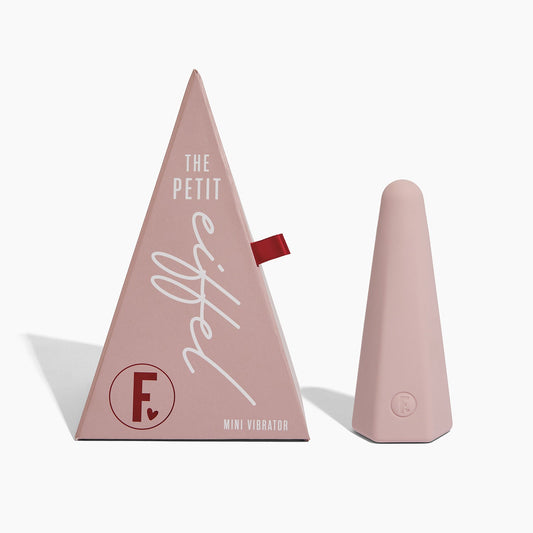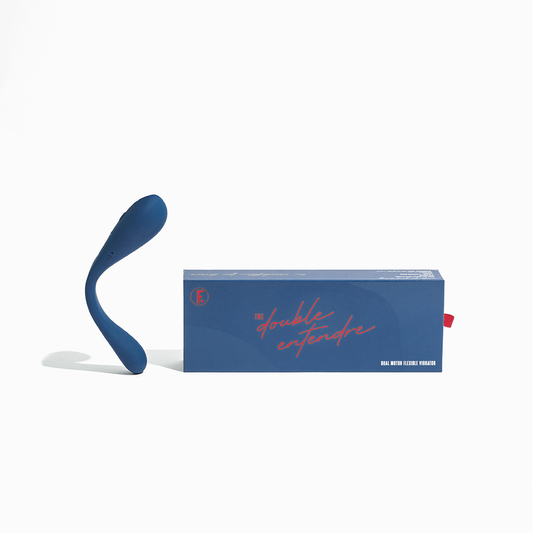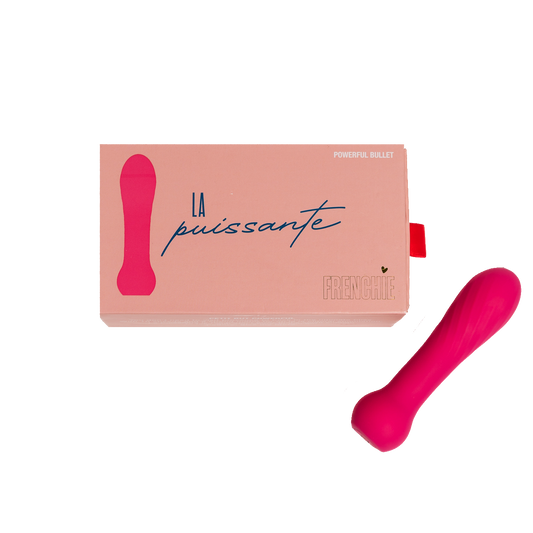can certain foods really liven up your sex life?
Oysters. A delicacy to some, a slimy nightmare to others. Regardless of which side of the shellfish fence you sit on, it’s likely you’ve heard someone say that oysters are an aphrodisiac, accompanied by a suggestive wink.
Oysters, among other delicacies like berries, chocolate and some superfoods are often referred to as aphrodisiacs, but what exactly is an aphrodisiac? Named after the Greek Goddess of love, Aphrodite, the term aphrodisiac refers to a substance that either a) improves sexual performance or b) increases libido.
So, can consuming certain foods really liven up your sex life? Depending on which definition you go by, there may be some science to back the claims up.
Improving Sexual Performance/Enjoyment
If you prefer to subscribe to the first definition of aphrodisiac, you believe that certain things, when consumed, can improve sexual performance and enjoyment.
One form of this that pops to mind for most is Viagra. Viagra is a medication that works by increasing blood flow to the penis, making it easier to get and maintain an erection. However, in order for this to work, arousal still needs to be present.
Certain foods can help in a similar way to Viagra, by relaxing blood vessels and improving blood flow to the genitals. Increased blood flow is an important part of physical signs of arousal , as areas like the nipples, penis, clitoris and other parts of the vagina engorge or become erect. Extra blood pumping to these important areas heightens sensitivity and increases lubrication, allowing for greater pleasure.
There are foods that have been scientifically proven to assist with blood flow, giving backing to their label as aphrodisiacs. Antioxidants can have a positive impact on circulation, which explains why many foods that are high in antioxidants regularly make ‘aphrodisiac’ lists. Berries, watermelon, grapefruit, citrus and pomegranates are all examples and popular choices, as they’re a bit sexier to watch dripping down your partner's chin than other antioxidant rich foods like, say, beetroot.
Spicy foods are also regularly associated with spicing up your sex life. This has some scientific backing as well, as the capsaicin in chili peppers has 'feel good' compounds that enhance bodily sensations.
Increased Libido
The latter definition of aphrodisiac, as “something that increases your libido”, refers to food that may instantly put you in the mood or increase in your overall sexual desire. But, if you think ordering a dinner of oysters and champagne will improve the chances of your date coming home with you, science isn’t in your corner.
The lack of scientific evidence supporting the claims of food increasing sexual desire is, in part, due to the fact that accurately measuring libido, let alone increases in libido, is difficult and relies almost entirely on self reporting which is considered notoriously unreliable in the scientific world.
‘Aphrodisiac’ foods that fall into this category include oysters, figs, truffle, asparagus, caviar, chocolate and artichokes. If you think about this list of foods, there are two distinct themes.
All of these foods are either considered luxurious, resemble sex organs or both. Lay a phallic shaped asparagus spear next to half a fleshy fig, and your mind’s sure to drift to naughty places.
The French particularly believed in the effects of introducing asparagus into the diet, with grooms in the 19th century served three courses of the suggestively shaped vegetable the day before their weddings, al to increase their sex drive for the big night ahead.
Meanwhile, caviar and truffles are considered the creme de la creme of delicacies across the globe. Difficult and costly to procure, they are found only in the most exclusive establishments, a romantic dinner at which is sure to put anyone in the mood.
There are foods that have been scientifically proven to assist with blood flow
The Placebo Effect
A fantastic band, but also a scientific term, a placebo is a medicine/procedure that has no physical effect on the person, but can cause the desired effect mentally. It would be silly to underestimate the placebo effect in this matter, as so much of ‘getting in the mood’ comes down to our mental states.
The excitement and anticipation of enjoying a romantic evening of strawberries dipped in chocolate could do wonders for your sex life, regardless of whether the food itself has any effect. Similarly, staring at a plate of freshly sliced peaches for long enough could send your mind somewhere sexy, with arousal soon to follow. Telling yourself that “eating a plate of caviar and figs will make me perform better”, may give you the confidence you need to do just that.
Ultimately, the best way to ensure a great sex life when it comes to food, is by maintaining a healthy diet, whatever that looks like for you. And despite the fact that science may not have my back, I’ll still be winking suggestively when I next order oysters on a date.





